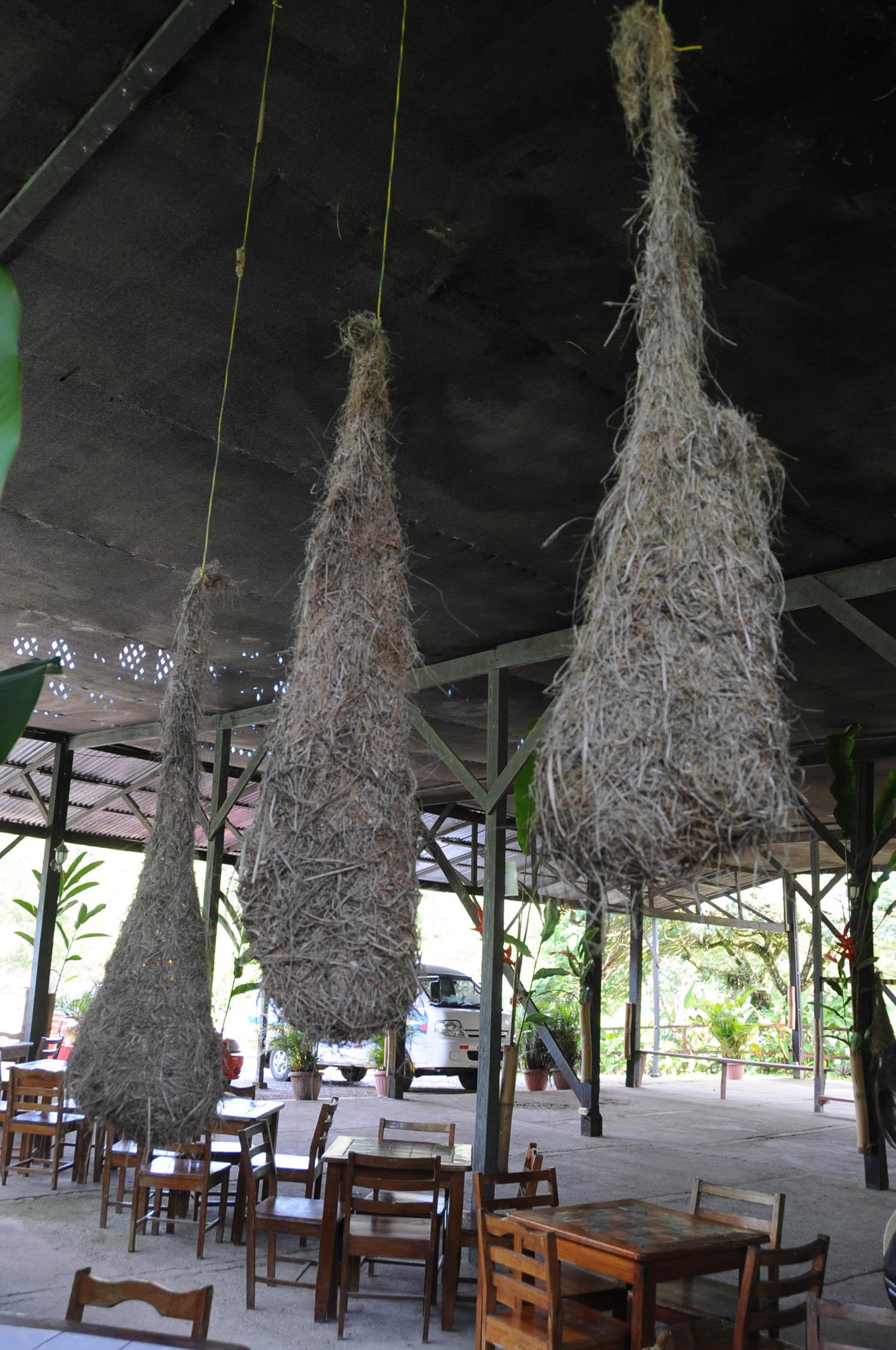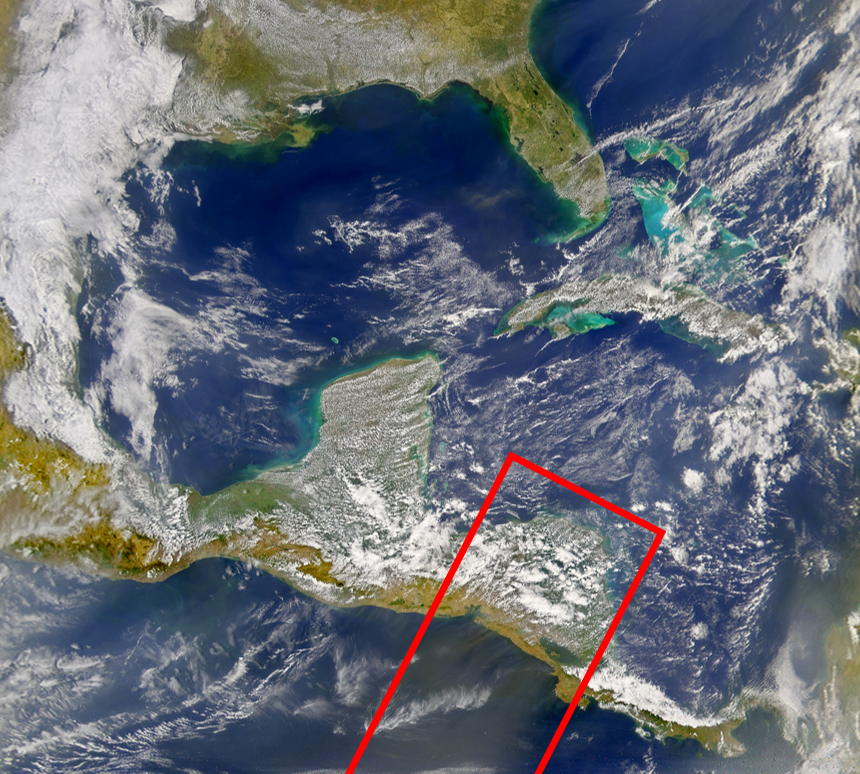|
Kʼinich Popol Hol
Kʼinich Popol Hol also known as Kʼinich II (died 470) was a king of the Maya city of Copán. Popol Hol's main achievement was to cement the mythology and institutions of Central Peten kingship at Copan, which lasted 400 years. He was co-ruler with his father for the baktun (calendrical period) ending rites of December 9, 435 as shown on the Motmot Marker (a structure in Structure 10L-26). He declared himself the son of Kʼinich Yax Kʼukʼ Moʼ on Stela 63 and he claimed succession as the second king of Copan on the Xukpi Stone. Works Popol Hol was a major builder. He planned the layout of the Copan acropolis, grand plaza, ballcourt, and temples with his father. He buried his father in the Hunal structure that had been his home and court and built over it the Yehnal temple to honor him. Later he built the Margarita temple over Yehnal. Both were decorated with stucco images of Yax Kuk Mo's name in a determined effort to create a cult of personality and aura of sanctity ... [...More Info...] [...Related Items...] OR: [Wikipedia] [Google] [Baidu] |
Ajaw
Ajaw or Ahau ('Lord') is a pre-Columbian Maya political title attested from epigraphic inscriptions. It is also the name of the 20th day of the ''tzolkʼin'', the Maya divinatory calendar, on which a ruler's ''kʼatun''-ending rituals would fall. Background The word is known from several Mayan languages both those in pre-Columbian use (such as in Classic Maya), as well as in their contemporary descendant languages (in which there may be observed some slight variations). "Ajaw" is the modernised orthography in the standard revision of Mayan orthography, put forward in 1994 by the Guatemalan ''Academia de Lenguas Mayas'', and now widely adopted by Mayanist scholars. Before this standardisation, it was more commonly written as "Ahau", following the orthography of 16th-century Yucatec Maya in Spanish transcriptions (now ''Yukatek'' in the modernised style). In the Maya hieroglyphics writing system, the representation of the word ''ajaw'' could be as either a logogram, or spelle ... [...More Info...] [...Related Items...] OR: [Wikipedia] [Google] [Baidu] |
Kings Of Copán
Kings or King's may refer to: *Monarchs: The sovereign heads of states and/or nations, with the male being kings *One of several works known as the "Book of Kings": **The Books of Kings part of the Bible, divided into two parts **The ''Shahnameh'', an 11th-century epic Persian poem **The Morgan Bible, a French medieval picture Bible **The Pararaton, a 16th-century Javanese history of southeast Asia *The plural of any king Business *Kings Family Restaurants, a chain of restaurants in Pennsylvania and Ohio *Kings Food Markets, a chain supermarket in northern New Jersey * King's Favourites, a brand of cigarettes *King's Variety Store, a chain of stores in the USA *King's (defunct discount store), a defunct chain of discount stores in the USA Education *King's College (other), various colleges * King's School (other), various schools * The King's Academy (other), various academies Electoral districts *King's (New Brunswick electoral district) (1867–190 ... [...More Info...] [...Related Items...] OR: [Wikipedia] [Google] [Baidu] |
5th-century Monarchs In North America
The 5th century is the time period from 401 ( CDI) through 500 ( D) ''Anno Domini'' (AD) or Common Era (CE) in the Julian calendar. The 5th century is noted for being a period of migration and political instability throughout Eurasia. It saw the collapse of the Western Roman Empire, which came to an end in 476 AD. This empire had been ruled by a succession of weak emperors, with the real political might being increasingly concentrated among military leaders. Internal instability allowed a Visigoth army to reach and ransack Rome in 410. Some recovery took place during the following decades, but the Western Empire received another serious blow when a second foreign group, the Vandals, occupied Carthage, capital of an extremely important province in Africa. Attempts to retake the province were interrupted by the invasion of the Huns under Attila. After Attila's defeat, both Eastern and Western empires joined forces for a final assault on Vandal North Africa, but this campaign was ... [...More Info...] [...Related Items...] OR: [Wikipedia] [Google] [Baidu] |
Oropendola Temple
Oropendolas are a genus of passerine birds, ''Psarocolius'', in the New World blackbird family Icteridae. They were formerly split among two or three different genera and are found in Central and South America. All the oropendolas are large birds with pointed bills, and long tails which are always at least partially bright yellow. Males are usually larger than females. The plumage is typically chestnut, dark brown or black, although the Green oropendola and olive oropendola have, as their names imply, an olive coloration to the head, breast and upper back. The legs are dark, but the bill is usually a strikingly contrasting feature, either pale yellow, or red-tipped with a green or black base. In several species there is also a blue or pink bare cheek patch. Oropendolas are birds associated with forests or, for a few species, more open woodland. They are colonial breeders, with several long woven basket nests in a tree, each hanging from the end of a branch. These gregarious bi ... [...More Info...] [...Related Items...] OR: [Wikipedia] [Google] [Baidu] |
Papagayo Temple
The Papagayo jet, also referred to as the Papagayo Wind or the Papagayo Wind Jet, are strong intermittent winds that blow approximately 70 km north of the Gulf of Papagayo, after which they are named. The jet winds travel southwest from the Caribbean and the Gulf of Mexico to the Pacific Ocean through a pass in the Cordillera mountains at Lake Nicaragua. The jet follows the same path as the northeast trade winds in this region; however, due to a unique combination of synoptic scale meteorology and orographic phenomena, the jet winds can reach much greater speeds than their trade wind counterparts. That is to say, the winds occur when cold high-pressure systems from the North American continent meet warm moist air over the Caribbean and Gulf of Mexico, generating winds that are then funneled through a mountain pass in the Cordillera. The Papagayo jet is also not unique to this region. There are two other breaks in the Cordillera where this same phenomenon occurs, one ... [...More Info...] [...Related Items...] OR: [Wikipedia] [Google] [Baidu] |
Dynastic Rule
A dynasty is a sequence of rulers from the same family,''Oxford English Dictionary'', "dynasty, ''n''." Oxford University Press (Oxford), 1897. usually in the context of a monarchical system, but sometimes also appearing in republics. A dynasty may also be referred to as a "house", "family" or "clan", among others. Historians periodize the histories of many states and civilizations, such as Ancient Iran (3200 - 539 BC), Ancient Egypt (3100 – 30 BC) and Ancient and Imperial China (2070 BC – AD 1912), using a framework of successive dynasties. As such, the term "dynasty" may be used to delimit the era during which a family reigned. Before the 18th century, most dynasties throughout the world have traditionally been reckoned patrilineally, such as those that follow the Frankish Salic law. In polities where it was permitted, succession through a daughter usually established a new dynasty in her husband's family name. This has changed in all of Europe's remaining mona ... [...More Info...] [...Related Items...] OR: [Wikipedia] [Google] [Baidu] |
Cult Of Personality
A cult of personality, or a cult of the leader, Mudde, Cas and Kaltwasser, Cristóbal Rovira (2017) ''Populism: A Very Short Introduction''. New York: Oxford University Press. p. 63. is the result of an effort which is made to create an idealized and heroic image of a leader by a government, often through unquestioning flattery and praise. Historically, it has developed through techniques of mass media, propaganda, fake news, spectacle, the arts, patriotism, and government-organized demonstrations and rallies. A cult of personality is similar to apotheosis, except that it is established by modern social engineering techniques, usually by the state or the party in one-party states and dominant-party states. A cult of personality often accompanies the leader of a totalitarian or authoritarian countries. It can also be seen in some monarchies, theocracies, and failed democracies. Background Throughout history, monarchs and other heads of state were often held in enorm ... [...More Info...] [...Related Items...] OR: [Wikipedia] [Google] [Baidu] |
Stucco
Stucco or render is a construction material made of aggregates, a binder, and water. Stucco is applied wet and hardens to a very dense solid. It is used as a decorative coating for walls and ceilings, exterior walls, and as a sculptural and artistic material in architecture. Stucco can be applied on construction materials such as metal, expanded metal lath, concrete, cinder block, or clay brick and adobe for decorative and structural purposes. In English, "stucco" sometimes refers to a coating for the outside of a building and "plaster" to a coating for interiors; as described below, however, the materials themselves often have little to no differences. Other European languages, notably Italian, do not have the same distinction; ''stucco'' means ''plaster'' in Italian and serves for both. Composition The basic composition of stucco is cement, water, and sand. The difference in nomenclature between stucco, plaster, and mortar is based more on use than composition. Until ... [...More Info...] [...Related Items...] OR: [Wikipedia] [Google] [Baidu] |
Margarita Tomb
The Margarita Tomb, also known as The Queens tomb, lies buried deep in the center of the Late Classic Acropolis of Copán, Honduras. It is a multi – leveled tomb with one of the largest caches ever found associated with the burial of a Maya woman.Martin, Simon, Grube, Nikolai, Chronicle of the Maya Kings and Queens, 2008, Thames and Hudson, New York, New York History In the valley of Copán, in western Honduras, the maya civilization ruled for hundreds of years. However, not much is known about the region before dynasty 5 and the first king, K'inich Yax K'uk' Mo'. K'inich Yax K'uk' Mo' (also known as Green Quetzal Macaw) ruled from 426 c.e. to around 435 c.e. He died shortly before the 9th Baktun (also spelled Bak'tun) in the Mesoamerican Long Count Calendar. When originally dug up in 1993, the Margarita Tomb was thought to belong to that of K'inich Popol Hol, the son and predecessor of K'inich Yax K'uk' Mo'. Over years of excavation it was discovered that this wa ... [...More Info...] [...Related Items...] OR: [Wikipedia] [Google] [Baidu] |
Mesoamerican Ballcourt
A Mesoamerican ballcourt ( nah, tlachtli) is a large masonry structure of a type used in Mesoamerica for over 2,700 years to play the Mesoamerican ballgame, particularly the hip-ball version of the ballgame. More than 1,300 ballcourts have been identified, 60% in the last 20 years alone. Although there is a tremendous variation in size, in general all ballcourts are the same shape: a long narrow alley flanked by two walls with horizontal, vertical, and sloping faces. Although the alleys in early ballcourts were open-ended, later ballcourts had enclosed end-zones, giving the structure an -shape when viewed from above. Ballcourts were also used for functions other than, or in addition to, ballgames. Ceramics from western Mexico show ballcourts being used for other sporting endeavours, including what appears to be a wrestling match. It is also known from archaeological excavations that ballcourts were the sites of sumptuous feasts, although whether these were conducted in the contex ... [...More Info...] [...Related Items...] OR: [Wikipedia] [Google] [Baidu] |






.jpg)